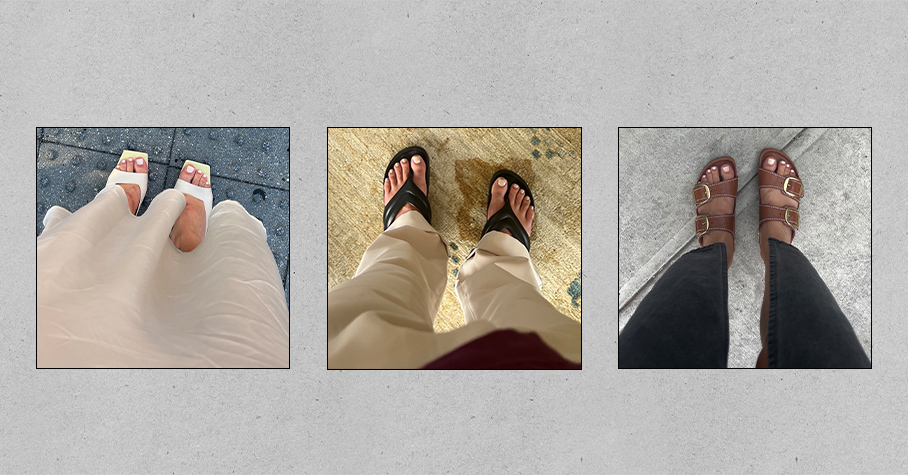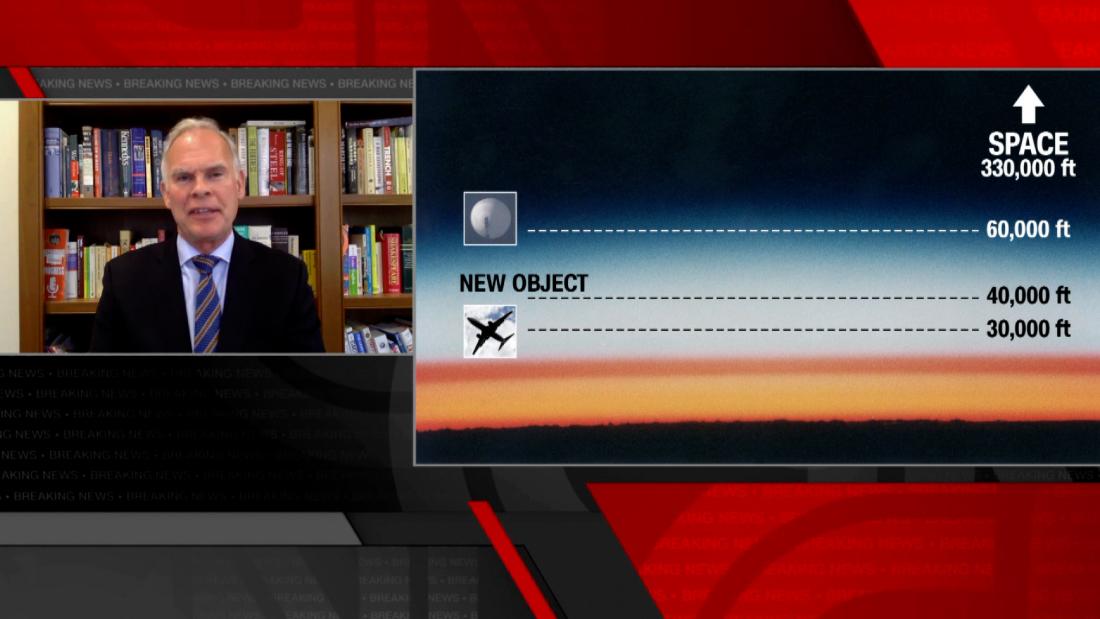The Eyes Have It: Telling the Truth About Lies
A new lie-detector technology that claims to do better than the polygraph by measuring involuntary eye behavior was pilloried by experts in a recent Washington Post article. But those experts didn’t look closely at the research, writes the CEO of the company that created “EyeDetect.”


Photo courtesy EyeDetect/Converus
A Nov. 15 story in the Washington Post, which The Crime Report summarized on Nov. 16, reported on a new ocular-based lie detector called EyeDetect by Converus.
The headlines in both stories appeared to lean towards the skeptics. The Post article read, “A Utah company says it’s revolutionized truth-telling technology. Experts are highly skeptical.” The Crime Report headline said, “Doubt Surrounds Utah Company’s Truth-Telling Technology.”
But the skeptics did not look closely at the peer-reviewed research — nor did they consider the experiences of our customers.
Since its introduction in 2014, more than 600 customers worldwide in 40 countries have used EyeDetect to screen job applicants, to monitor current employees, and to conduct criminal investigations.
About 60 U.S. law enforcement and other federal agencies worldwide successfully use EyeDetect to hire more trustworthy personnel.
Still, the skepticism isn’t surprising. New and innovative technologies are often met with resistance because they upset the status quo.
Announcing we have developed a technology that uncovers lies with an 86 percent to 91 percent accuracy by measuring involuntary eye behavior sounds unbelievable at first.
After all, it’s never been done before.
In fact, there has been little innovation in the lie detection industry since the polygraph was introduced about 100 years ago. That device is the world’s de facto standard and measures physiological data such as cardiovascular, respiration and electrodermal activity.
It requires a trained examiner to administer the test and interpret and score the results. Examiners have varying degrees of experience and skill. Plus, the “human” element increases the potential for bias or subjectivity in test results.
EyeDetect is a disruptive technology because it is different than the polygraph.
Accuracy claims are based on dozens of lab and field studies conducted by teams of scientists known as experts in their field over almost two decades. Their work and methods have been peer-reviewed ten times by independent groups of scientists at significant journals.
No lie detection technology will ever be 100 percent accurate. All lie detectors have margins of error. EyeDetect is currently the most accurate, but we never recommend the results of one test be used exclusively to make critical decisions.
EyeDetect can provide a key data point to help make decisions.
The lab and field data show that lying is more cognitively demanding than telling the truth. Liars use cognitive resources to inhibit truth, fabricate lies and attempt to maintain consistency, coherence and believability over time. This increase in cognitive workload causes subtle and involuntary changes in eye and reading behavior which can be observed in a controlled environment.
During a computerized EyeDetect test, subtle, involuntary changes in eye behavior are measured by a high-definition eye tracker positioned on the computer monitor. While the person answers questions shown onscreen, data are measured and recorded 60 times per second. Tests last 15 to 30 minutes.
These data are analyzed by a logistic-regression algorithm to determine within minutes whether the person reacted to the test questions. Test results are accurately classified as truthful or deceptive up to 91 percent of the time.
See the summary of research here.

Photo courtesy EyeDetect/Converus
It’s a remarkable technology that took some of the world’s brightest scientists more than 10 years to figure out the first iteration. It might be easy for skeptics to question the technology, especially if they have never thoroughly read the research and had a demonstration — which was the case of the experts quoted in the Washington Post article.
Those experts, including Leonard Saxe of Brandeis University, have never experienced EyeDetect first-hand. How can someone give an unbiased opinion having never seen the product?
Saxe purported to have conducted research in the field of truth-detection.
He said, “People have been trying to make these predictions for a long time. But the science has not progressed much in 100 years.”
He also said, “I don’t know of any evidence that eye movements are linked to deception.”
If Saxe had read the 10 peer-reviewed articles and seen the technology demonstrated, he might be able to make a far better substantiated informed opinion.
Also, the Washington Post writer never sat for an EyeDetect demonstration. He was offered one, but felt it wasn’t necessary.
If the reporter (and all experts cited) had taken a demo test of EyeDetect, any skepticism would have all but been eliminated. In a standard demo test (called the “number” test), the participant writes down a number between two and nine on a piece of paper and hides it in their pocket. The computerized test then presents a series of questions onscreen about the numbers one through 10.
The participant is instructed to truthfully answer all test questions EXCEPT those about the number written down. The participant is instructed to lie about that number. After eight minutes, EyeDetect has been shown to accurately identify the number chosen with 92 percent accuracy.
For most, it’s truly mind-blowing when the test correctly identifies the undisclosed number.
There is growing interest in more widespread use of EyeDetect, the first solution that measures involuntary eye behavior to accurately detect deception.

Todd Mickelsen
I have personally demonstrated or discussed EyeDetect with officials from many governments, including the U.S. State Department, Secret Service, Department of Defense, National Security Agency, FBI, CIA, the Defense Intelligence Agency and others, as well as many members of Congress.
The old adage is true… the eyes don’t lie because they truly are, “the window to the soul.”
Todd Mickelsen is CEO of Converus. Email him at info@converus.com or follow him on Twitter: @ConverusCEO.

 Landwebs
Landwebs 























